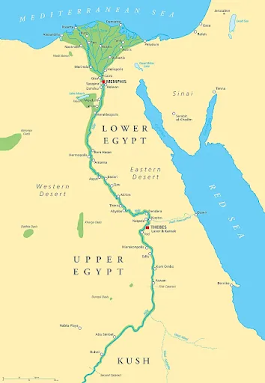Blog 7 - Libya - The Great Man-made River or an alternative ?
Map of the Great Man-Made River
The Great Man-made River project was conceived in 1984 and is now one of the largest supply projects in the world. This mining project on groundwater reservoir is taking place from under the Sahara Desert (southern region) to the coast. The objective is to bring the groundwater of the southern region to the coastal city through a large system of a pipeline. After years of conception and research, multiple aquifers were identified in the southern region such as at Kufra, Murzuq or Ghadames to be used as a source of water. The estimated final delivery of water of this system will be 6.6 million m3/day after the final phase. The first phases completed in 1996 were implemented from the groundwater reserve in the southern region to the coast where the main population, agriculture, and industry needs are. Groundwater is the main source of fresh water in Libya which represents 96% of the population consumption. The national level of water consumption has become more and more unsustainable as the rate of replenishment was at 500 million m3/year while the consumption rate was at 4.7 billion m3/year. To address the rising water scarcity threat, the government aimed to develop new water sources. This project was implemented for the agricultural, industrial, and municipal sectors. Over 70% of the water produced and stored was dedicated to the agricultural sector to develop farms and agricultural lands. The agricultural sector is heavily relying on this project because the climate conditions and the water resources availability are pressuring the food insecurity crisis. This project aims to generate important revenue from farm income and agricultural export, respectively $15.9 billion and $18.5 billion over 50 years. A family farming plan was implemented to generate employment and foster the migration of more families to the project area. Indeed, as over 95% of Libya is desert, the population has gathered towards the coast leaving wide lands in the country untouched. With this irrigation system, Libya would be increasing the share of the agricultural sector in its GDP to become less reliant on oil rent (Wheida 2007).
The Great Man-made River project was carried on the assumption that it will address the main issue of Libya which is water resources depletion by providing a conveyance system via turnouts to help reduce the pressure on a specific aquifer and avoid total depletion Instead of aiming for desalination as Tunisia implemented, Libya wanted to take advantage of their groundwater resources spread across the country. However, scholars such as Kuwairi (2006) argue that Libya could have implemented other water source projects as an alternative to the GMM. Indeed, Kuwairi (2006) agrees that Libya has a water management issue and is overconsuming its water resources, however more efficient water management comes first from a review of the governance on the resources. As early as the 60s, Libya had invested in approximately 30 desalination infrastructure on the coast, both medium and large desalination plants. However, there are now 10 of them that are still in service while all the others have been abandoned due to a lack of governance of the infrastructure. 5 of them are currently under construction but the capacity of production by desalination is greatly reduced as the number of plants also decreased. Indeed, these infrastructures were managed by public authority and were left abandoned due to a lack of funding and political instability at that period. The authors suggest that private management of the desalination plants with new technologies could be a solution to rebuilding the infrastructure and providing water resources to the coats without impacting groundwater reserves. Another suggestion would be to carry on with another water strategy from the 60s which is recycling wastewater. Two cities' agricultural lands are currently supplied by recycled wastewater. While there have been some limitations to this option linked with the maintenance of the wastewater plants, this option will be economically interesting as it reduces the cost of conveyance of the water and is sustainable. Scholars that Libya has economic and environmental incentives to consider alternatives to the expansion of the GMM.




Comments
Post a Comment